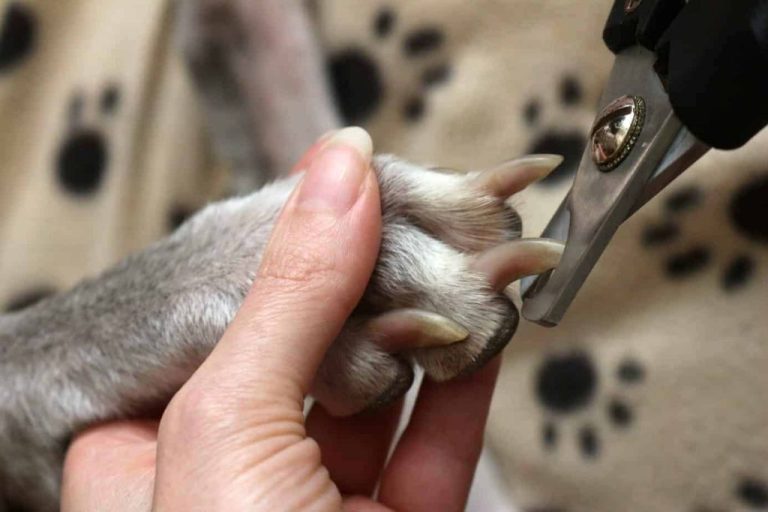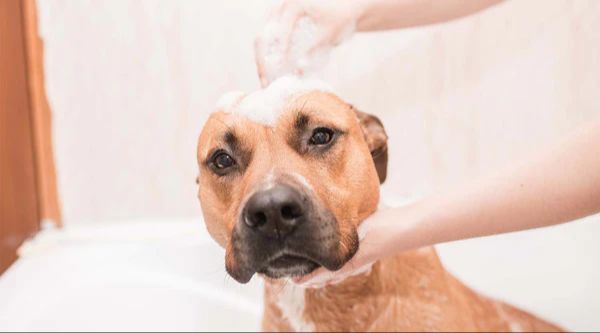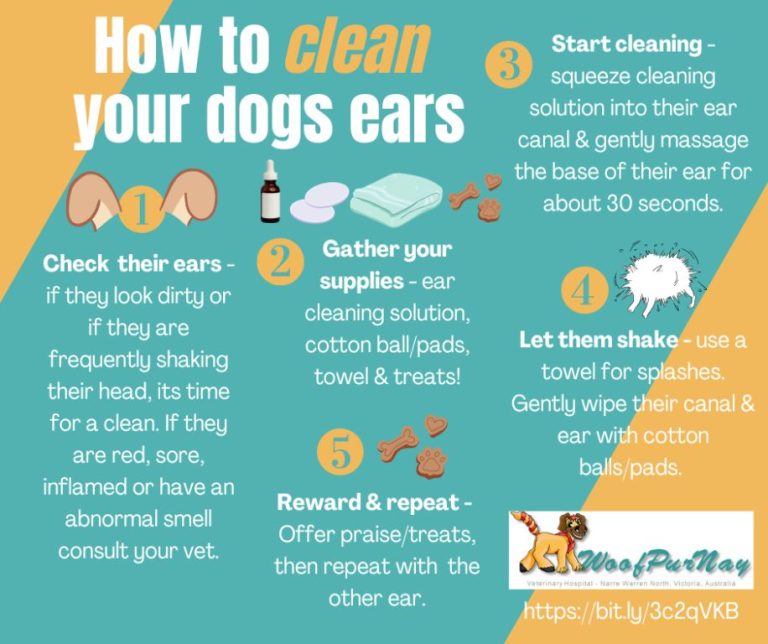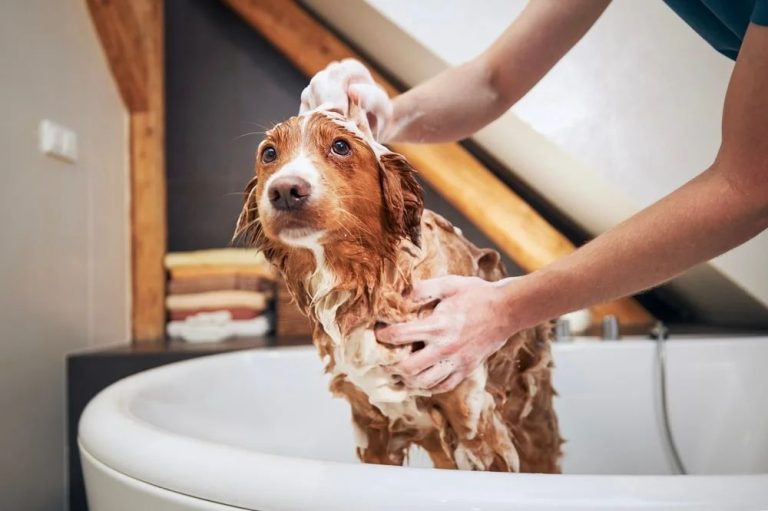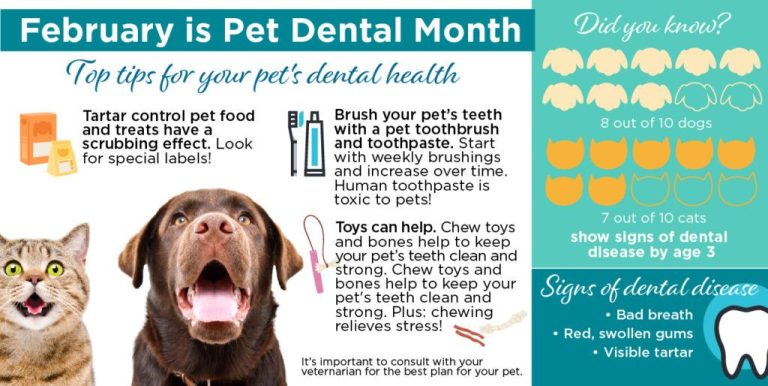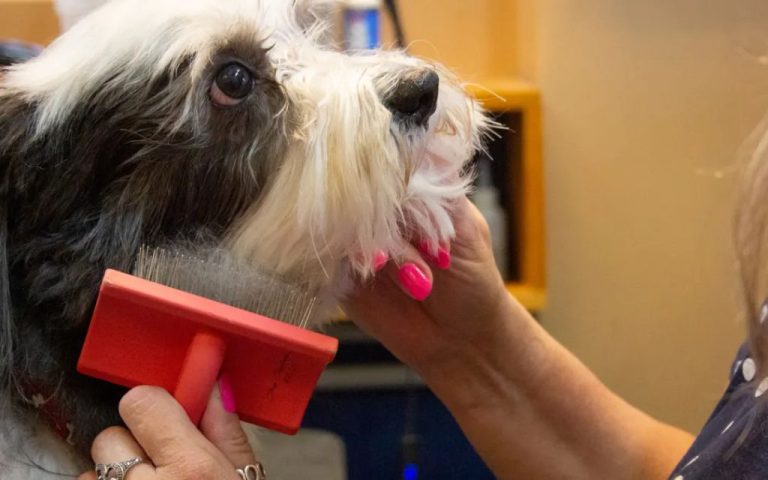Dealing With Shedding: Strategies For Managing Dog Hair
For many dog owners, dealing with constant dog hair around the house can be a frustrating reality, especially during heavy shedding seasons. Dog shedding that seems excessive or never-ending can negatively impact owners by causing stress and extra house cleaning work (https://www.webmd.com/pets/dogs/excessive-shedding-dogs). While some shedding is normal, uncontrolled shedding can make it difficult to keep your home clean and orderly. Excess dog hair on furniture, clothing and floors is a common complaint among dog owners. Finding solutions to manage heavy shedding is important for maintaining harmony in the home.
Common Dog Breeds That Shed Heavily
Some dog breeds are known for being heavy shedders. According to iHeartDogs, the top dog breeds that shed the most include:
- German Shepherd
- Golden Retriever
- Labrador Retriever
- Alaskan Malamute
- Siberian Husky
- Akita
- Chow Chow
- Great Pyrenees
- Rottweiler
- Old English Sheepdog
These breeds have thick double coats that help protect them from the elements. However, when they shed their undercoats seasonally, it can seem like fur is flying everywhere. Being prepared and having a game plan can help manage all that hair.
Understanding the Shedding Cycle
Dogs shed their fur coats in response to changes in day length. As the days get shorter and there is less light exposure, many dogs will shed their summer coats to make way for thicker, warmer winter coats. The increased production of melatonin when days are shorter triggers the hormonal changes that lead to increased shedding. This is why shedding often increases in the fall. Conversely, as days get longer in the spring and early summer, dogs will shed their thicker coats for a lighter summer coat. The increased light exposure decreases melatonin production which leads to less shedding. Shedding helps dogs regulate their body temperature and adapt to seasonal temperature changes.
According to the AKC, shedding is often heavier in the spring and can last up to six weeks as the winter coat sheds (https://www.akc.org/expert-advice/health/dog-shedding-what-to-expect-and-how-to-manage-it/). Many dogs will shed moderately year-round as well. The seasonal shedding schedule varies across breeds and individual dogs. Knowing your dog’s unique shedding patterns can help you prepare for heavier shed seasons.
Grooming Tips To Reduce Shedding
Regular grooming is critical for managing shedding in dogs. Frequent brushing helps remove loose hair and prevents mats from forming. Use a slicker brush, undercoat rake, or de-shedding tool to penetrate deep into the coat and pull out dead hair. Brush against the direction of hair growth to lift the undercoat. Start at the head and work down the body in sections. Go slowly and be gentle, especially on sensitive areas.
Bathing dogs regularly can also help reduce shedding. The motion of rubbing shampoo into the coat releases hair. Use a shampoo formulated for shedding dogs. After bathing, blow dry on a low setting to remove even more loose fur. Always brush thoroughly after bathing while the coat is drying to prevent tangles. Aim to bathe heavy shedders once a week during peak shedding seasons (https://www.akcpetinsurance.com/blog/6-tips-to-control-dog-shedding).
Specialized deshedding tools can make grooming more efficient. Undercoat rakes, furminators, shedding blades, and high-velocity dryers remove excess undercoat hair that slicker brushes miss. Use them in combination with regular brushing for best results. Investing in the right grooming tools makes managing dog shedding easier in the long run (https://cowboymagic.com/8-steps-to-minimize-shedding-in-dogs/).
Nutrition and Supplements
A high quality diet with omega fatty acids can help reduce shedding in dogs. Foods rich in omega-3 and omega-6 fatty acids help dogs develop healthy skin and a shiny coat. These healthy fats support the dog’s oil glands and help prevent dry, itchy skin that can lead to excess shedding. According to Welovedoodles.com, salmon oil and fish oil supplements are excellent sources of omega-3s that can be added to your dog’s meals.
Look for dog foods that list a fish like salmon, sardines, or menhaden as one of the first ingredients. Fish meals and oils provide the omega fatty acids dogs need. Some top rated dog foods for reducing shedding include Crave salmon and ocean fish dry dog food, which contains 34% minimum protein from salmon and menhaden fish meal (Welovedoodles). Addition of salmon oil or fish oil supplements to your dog’s diet can provide extra omega-3s to help minimize shedding.
Avoid dog foods with low quality fillers like corn, wheat, and soy, which can irritate a dog’s skin. Focus on high protein, grain-free diets with omega fatty acids from fish ingredients to keep your dog’s coat healthy and reduce excessive shedding.
Controlling Hair Around the House
One of the biggest challenges with shedding dogs is controlling the hair that ends up around your home. While you can’t eliminate it completely, there are some effective strategies to help minimize fur on floors, furniture, and other surfaces.
Frequent vacuuming is essential when dealing with shedding. Vacuum carpets, bare floors, upholstered furniture, and drapes at least twice a week. Use a vacuum with a HEPA filter to trap allergens. Empty the canister or bag often so suction power doesn’t decrease. Use attachments like crevice tools to reach tight areas.
Replacing HVAC filters regularly can also cut down on airborne fur. Opt for pleated filters with a MERV rating of 11 or higher to trap more particles. Electrostatic filters also help attract and capture pet hair. Change filters every 1-3 months for best results.
In addition to vacuuming, frequently wiping down furniture helps control fur. Use lint rollers on upholstery to remove hair. For deeper cleaning, shampoo or steam sofas and chairs. Wash removable covers often. Sticky sheets can remove hair from leather furniture.
With some diligent cleaning habits, you can manage shed fur around your home. Pay special attention to problem areas like carpets, vents, furniture, and linens for the best results.
Sources:
https://www.filtrete.com/3M/en_US/filtrete/home-tips/full-story/~/reduce-home-pet-hair/?storyid=5bab8bc1-8d69-4f4f-9c33-039b072df2bd
Professional Deshedding Services
While daily brushing and bathing can help manage shedding, sometimes it’s best to leave deshedding to the professionals. Many groomers offer specialized deshedding treatments that can significantly reduce loose hair and undercoat shedding for weeks at a time.
Deshedding treatments typically use high-velocity dryers and deshedding tools to deeply blow out and remove dead hair and undercoat. This is much more effective than brushing alone. Some groomers may also use deshedding shampoos and conditioners containing ingredients like oatmeal, aloe, and omega fatty acids to further help loosen and remove shedding coat while soothing skin.
Full grooming with a deshedding treatment may take a few hours and range from $60-$150 depending on the size of the dog and the extent of the shedding issue. It’s generally recommended every 4-8 weeks during heavier shedding seasons. While not a permanent solution, professional deshedding can provide relief to both dogs and owners in managing heavy shedding.
Shedding-Friendly Home Decor
Choosing the right home decor and furniture fabrics can make living with a heavy shedding dog much easier. Here are some tips for shed-resistant home decor:
Opt for leather, vinyl, or microfiber upholstery that is easy to wipe clean of hair. Fabric couches and chairs can trap shed hair in the fibers. Leather and vinyl can simply be wiped clean with a lint roller (cite url: https://sheddefender.com/).
Smooth finish hardwood or vinyl floors are preferable to carpets, which can trap shed hair and dander. Use small area rugs that can be easily washed instead of wall-to-wall carpeting (cite url: https://www.pinterest.com/pin/how-to-do-life-with-dogs-that-shed–263390278196290815/).
Choose wood, leather, or metal furniture instead of upholstered pieces. Shed hair blends in less noticeably on surfaces like wood and leather.
Use slipcovers on upholstered dining room chairs to protect the fabric underneath and simplify cleaning. Wash slipcovers frequently to eliminate shed hair.
Vacuum furniture regularly using attachments designed for pet hair removal. Empty the vacuum immediately after use.
When to See the Vet
Excessive shedding can sometimes indicate an underlying health issue for your dog. Certain medical conditions can lead to increased hair loss. It’s important to have your veterinarian examine your dog if you notice significant changes in their shedding patterns. Some of the potential medical causes of heavy shedding include:
- Allergies – Both food allergies and environmental allergies can cause skin irritation and excess shedding (https://www.petmd.com/dog/symptoms/skin/excessive-shedding-in-dogs). Treating the allergy can help reduce shedding.
- Skin infections – Bacterial or fungal skin infections often lead to hair loss and increased shedding as the infection causes irritation (https://www.webmd.com/pets/dogs/excessive-shedding-dogs).
- Hormonal disorders – Issues with the thyroid or adrenal glands can trigger shedding.
- Parasites – Fleas, mites, or ticks can cause skin irritation and hair loss.
- Stress or anxiety – Stress can disrupt hair growth cycles leading to excess shedding.
Diagnostic tests like skin scrapings, blood tests, or hormone tests can identify the underlying cause. Based on the diagnosis, your vet will recommend appropriate treatment options to manage shedding and resolve any medical issues.
Living in Harmony
While dealing with shedding can be frustrating at times, remember that this is part of sharing your life with a dog. As the old saying goes, “hair today, gone tomorrow.” Approach the situation with patience, understanding, and humor. Your dog loves you unconditionally – all that hair is just a sign of their love!
Rather than focus on eliminating shedding completely, aim for management and balance. Accept that dog hair is part of owning a dog, and look for ways to minimize sweeping and vacuuming without stressing yourself or your pet. Give your dog extra love and belly rubs when you find tumbleweeds of hair around the house. Laughter helps make the task feel lighter.
Most importantly, remember that your loyal companion is worth any hassle their coat causes. Their silly antics, boundless energy, and complete devotion add so much joy to your days. A little dog hair is a small price to pay for their companionship. Focus on creating a loving home and don’t let shedding dim your bond.

